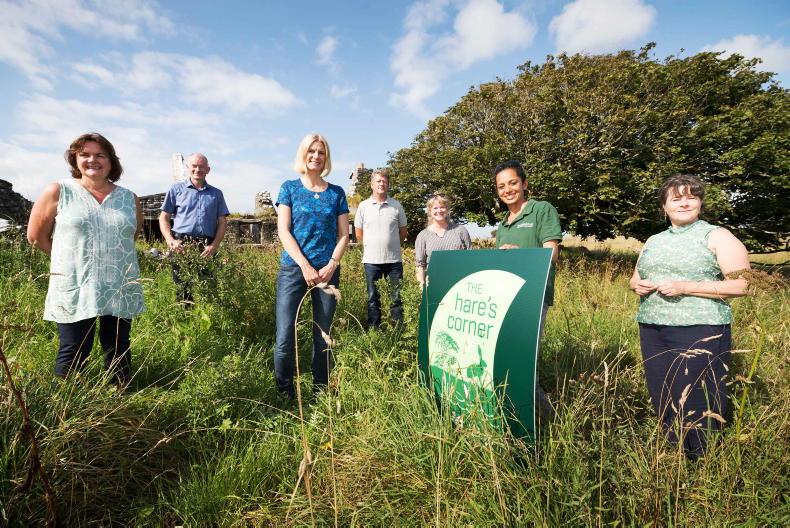With some very serious cases of botulism reported in the last few months, we need to be mindful of the symptoms and ways to reduce the risk for our farms.
What is it?
Botulism is a bacterium belonging to the clostridial family. In animals, it does its damage because it is a potent neurotoxin which affects the nervous system of animals.
It is most often associated with bird litter or more so with dead carcases of birds.
There is also the lower risk of other animals like wildlife spreading the disease.
The main type in Ireland identified is type D, associated with dead poultry. Poultry litter becomes a risk because of the potential contamination with these dead birds.
The most likely offender is poultry litter being spread or feed that may have been contaminated with dead birds or wildlife that have consumed infected birds.
Unfortunately, cattle are more sensitive than most species to botulism, meaning only small amounts of it ingested can cause the disease.
The symptoms
It affects the nervous system of young and older cattle, meaning the signs can appear slowly over days or even a week. This is not always the case and can vary.
Animals tend to get weak and over time lose the use of their back legs. Some of these cases can be confused with milk fever in the early stages.
This weakness continues until animals are recumbent and unable to stand.
They stop eating because they can’t swallow and even may seem bright, but with excessive drooling start to deteriorate.
Their rumen muscles also stop working leading to stomach stasis.
Often in these cases when you pull on their tongues, they won’t have any movement in them.
They are best euthanised, as treatments are rarely effective.
Some antibiotics, such as penicillin, tetracycline and aminoglycosides, can actually make the symptoms worse.
Supportive treatment with fluids and getting animals laxatives to prevent absorption have been suggested in early cases in the literature as an option.
In most cases, when symptoms as described above appear there is little can be done.
How do we test for it?
It can only be found on post mortem, with some difficulty.
It is so important that cases with any of the symptoms above are reported to the Department and sent to the regional veterinary lab.
Cases have tended to be a small number of animals to, in recent times, much greater numbers of cattle affected.
These cases have left farmers devastated, so it is very important we keep track and report any potential cases.
Then we need to look at the risk factors for these farms and let this guide us on future risk proofing and prevention.
Prevention
We know the main risk is dead poultry where the bacteria can grow rapidly in.
To minimise this risk, focus should be on poultry litter that is contaminated being the main risk.
Even when spread on fields where no livestock are present, the spores of the bacteria could, in theory, be spread by air.
It is also important that all water run-off from poultry units is managed correctly.
There is also the risk of wildlife spreading the disease if they get access to dead birds or contaminated litter.
These are more difficult to control on farm.
All feed should be secure from wildlife to prevent diseases such as botulism and others such as neospora.
If spreading poultry litter, careful consideration should be placed on the risk. Perhaps it shouldn’t be spread on dry windy days.
Always remove any carcases found on farm from grazing or from feed.
A lot of the control measures may be directly out of the farmers' control.
All suspect cases should be reported to your local vet and the Department of Agriculture.
There is negligible risk to humans or public health risk from the species that affects cattle.










SHARING OPTIONS